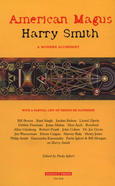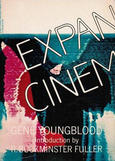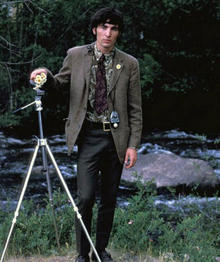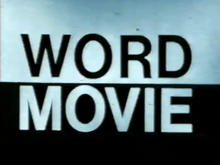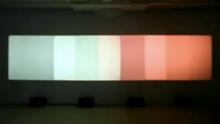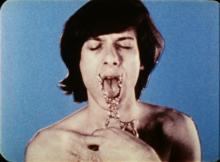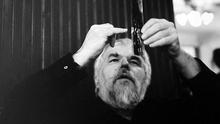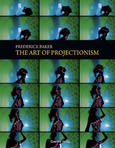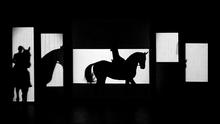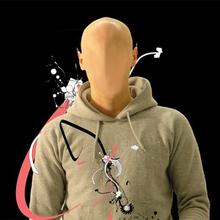Paul Sharits
(2008)edited by Yann Beauvais. This complete monograph provides a general introduction to a remarkable body of work. Illustrated throughout, it also includes several essays, texts by Paul Sharits and interviews.
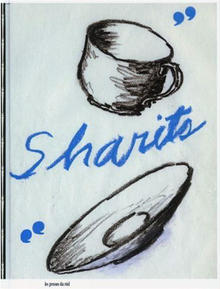
Edited by Yann Beauvais. Texts by Yann Beauvais, Bill Brand, Edwin Carels, Rosalind Krauss, Jean-Claude Lebensztejn, Wieslaw Michalak, Annette Michelson, Józef Robakowski, Keith Sanborn, Paul Sharits
Known primarily for his experimental cinema and pictorial works, Paul Sharits developed an oeuvre that evolved around two central themes: one, closely related to music and the world of abstraction, the other, within the psychological and emotional arena of the figurative. This complete monograph, drawn from a recent exhibition, explores the connections between these two practices, and in addition provides a general introduction to a remarkable body of work. Illustrated throughout, the monograph also includes several essays, texts by Paul Sharits and interviews.
Member of Fluxus, Paul Jeffrey Sharits (1943-1993) was an American multimedia artist, best known for his experimental or avant-garde filmmaking and his Frozen Film Frames (frames made from movies films), particularly what became known as the Structural film movement. He used a wide variety of media including painting, sculpture and performance.
Source: les presses du réel
ISBN-10: 2840662434
ISBN-13: 978-2840662433
